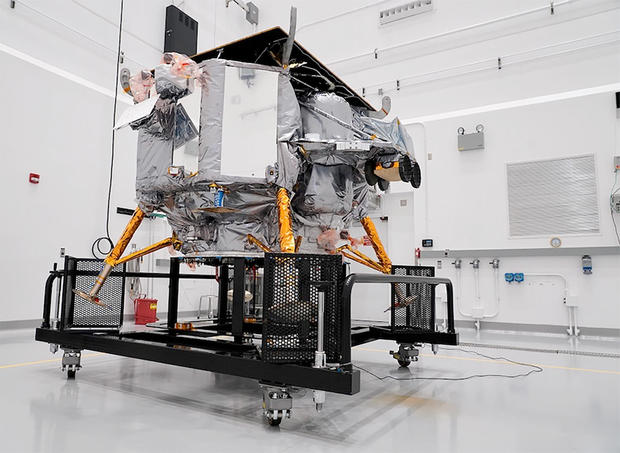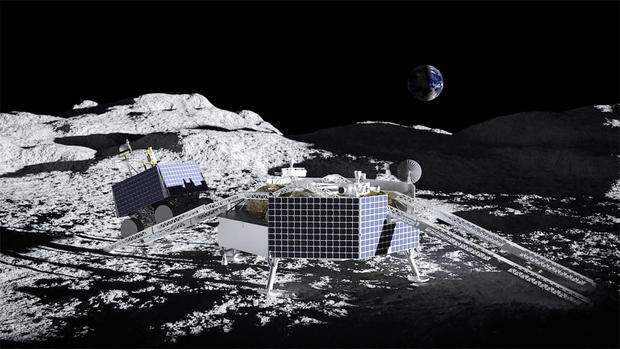Astrobotic says its Peregrine lunar lander won't make planned soft landing on the moon due to propellant leak
The Peregrin lunar lander, crippled by a propellant leak shortly after launch early Monday, is now expected to run out of fuel Thursday and will not be able to carry out its planned landing on the lunar surface, officials said Tuesday.
"Given the propellant leak, there is, unfortunately, no chance of a soft landing on the moon," Astrobotic, the Pittsburgh-based builder of the spacecraft, said in a post on X. "However, we do still have enough propellant to continue to operate the vehicle as a spacecraft.
"The team continues to work to find way to extend Peregrine's operational life. We are in stable operating mode and are working payload and spacecraft tests and checkouts. We continue receiving valuable data and proving spaceflight operations for components and software relating to our next lunar landing mission."

That spacecraft, known as Griffin, is a larger, more capable lunar lander scheduled to carry a NASA rover to the moon later this year. Astrobotic said lessons learned during Peregrine's abbreviated flight will be built into the new spacecraft.
The Peregrine lander was the first American spacecraft bound for the surface of the moon in more than 50 years and only the third developed as a non-government commercial venture. Two previous commercial attempts, one launched in 2019 by an Israeli group and the other in 2023 by a Japanese company, ended in crash landings on the moon.

The latest private-sector moon missions are funded under a NASA program -- the Commercial Lunar Payload Services program or CLPS -- intended to spur development of lunar transportation and surface delivery services for hire.
NASA paid Astrobotic $108 million dollars to deliver five sophisticated science instruments and a navigation sensor to the moon aboard Peregrine. The company has not yet said what might have gone wrong with Peregrine to trigger the propellant leak.
Astrobotic's Griffin, scheduled for launch later this year atop a SpaceX Falcon Heavy rocket, will carry a NASA rover to the south polar region of the moon to search for signs of ice in the lunar environment.
- In:
- Artemis Program
- Space
- NASA
Bill Harwood has been covering the U.S. space program full-time since 1984, first as Cape Canaveral bureau chief for United Press International and now as a consultant for CBS News.
TwitterDisclaimer: The copyright of this article belongs to the original author. Reposting this article is solely for the purpose of information dissemination and does not constitute any investment advice. If there is any infringement, please contact us immediately. We will make corrections or deletions as necessary. Thank you.






